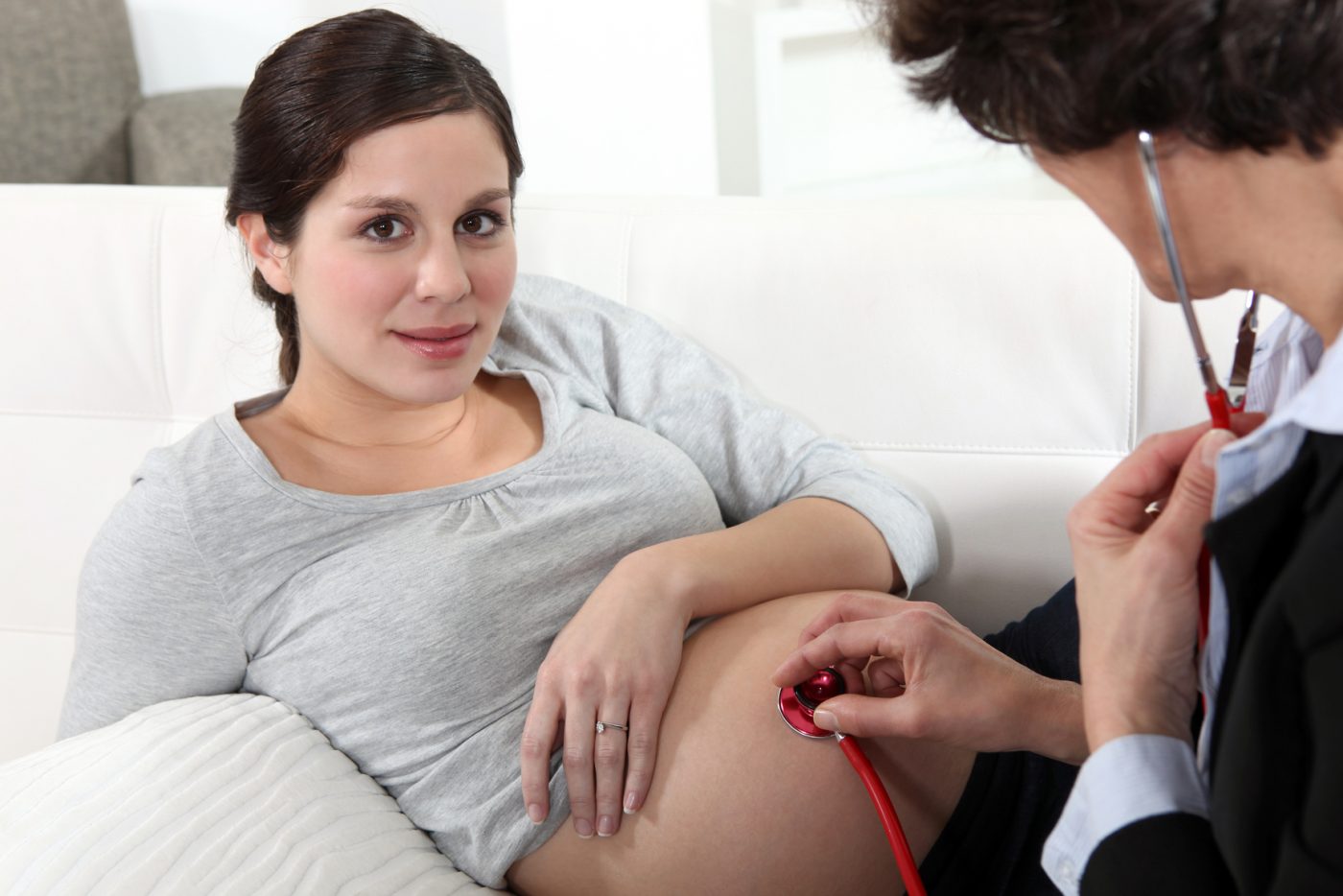
Pre-eclampsia is quite common – occurring in around six percent of pregnancies. Severe cases develop in around 1-2% of pregnancies. By monitoring blood pressure and urine, it can usually be detected when the condition is still mild. This usually means it can be managed until delivery is possible, usually with medication. There is no cure as such – other than delivering the baby. However, if you have moderate or severe pre-eclampsia you will be monitored more closely and may be prescribed blood pressure medication. However, it usually goes away several weeks after the birth. It may mean that your baby needs to be delivered soon after 36 weeks or even earlier.
You are considered higher risk if you are in one or more of the following categories:
In addition, you are at statistically greater risk if you:
Even if you’re not in one of the high-risk groups, call your antenatal care team or your doctor straight away if you have any of the following symptoms:
If you’re at high-risk of developing pre-eclampsia, you may be advised by your Midwifery team to take a daily dose of lose-dose asprin from the 12th week of pregnancy up until the delivery.
It’s not really known what the exact cause of pre-clampsia is, but it’s thought to arise from a problem with the placenta.
If you’re at high risk of pre-eclampsia, or are diagnosed with it, your midwifery team will probably send you to an assessment by a specialist team – probably in hospital. While you’re in the hospital, you’ll be monitored closely. If your condition is severe, they may suggest a hospital stay.
You might want to discuss using a blood pressure monitor at home during your pregnancy, but you should talk to your Midwife to make sure that you are using this properly before you start.
The only way to stop the development of pre-eclampsia is to deliver your baby early. This means if you are diagnosed with pre-eclampsia you will have your blood pressure and urine monitored regularly until it’s safe for your baby to be delivered. This will normally be around 37-38 weeks of pregnancy. However, in severe cases, babies will be delivered earlier.
Early delivery with either be artificially induced to start labour or a caesarean section will be scheduled.
You may be prescribed medication to lower your blood pressure until your baby is delivered.
The main impact of pre-eclampsia on your baby, if any, is slow growth. This is because of reduced blood supply through the placenta to your baby – which means they will be receiving less oxygen and fewer nutrients than they should. This is called intra-uterine or foetal growth restriction.
The reason the placenta isn’t delivering the blood through to a baby is if the placenta and its blood vessels hasn’t developed properly in the early stages of the pregnancy. It’s not yet fully understood why this occurs. It might be partly genetic but not all cases are inherited.
Slow growth will usually be picked up at your antenatal appointments – which is one of the reasons your doctor or midiwife will measuring your baby’s size.
Without quick treatment, pre-eclampsia may lead on to a series of serious complications, including: